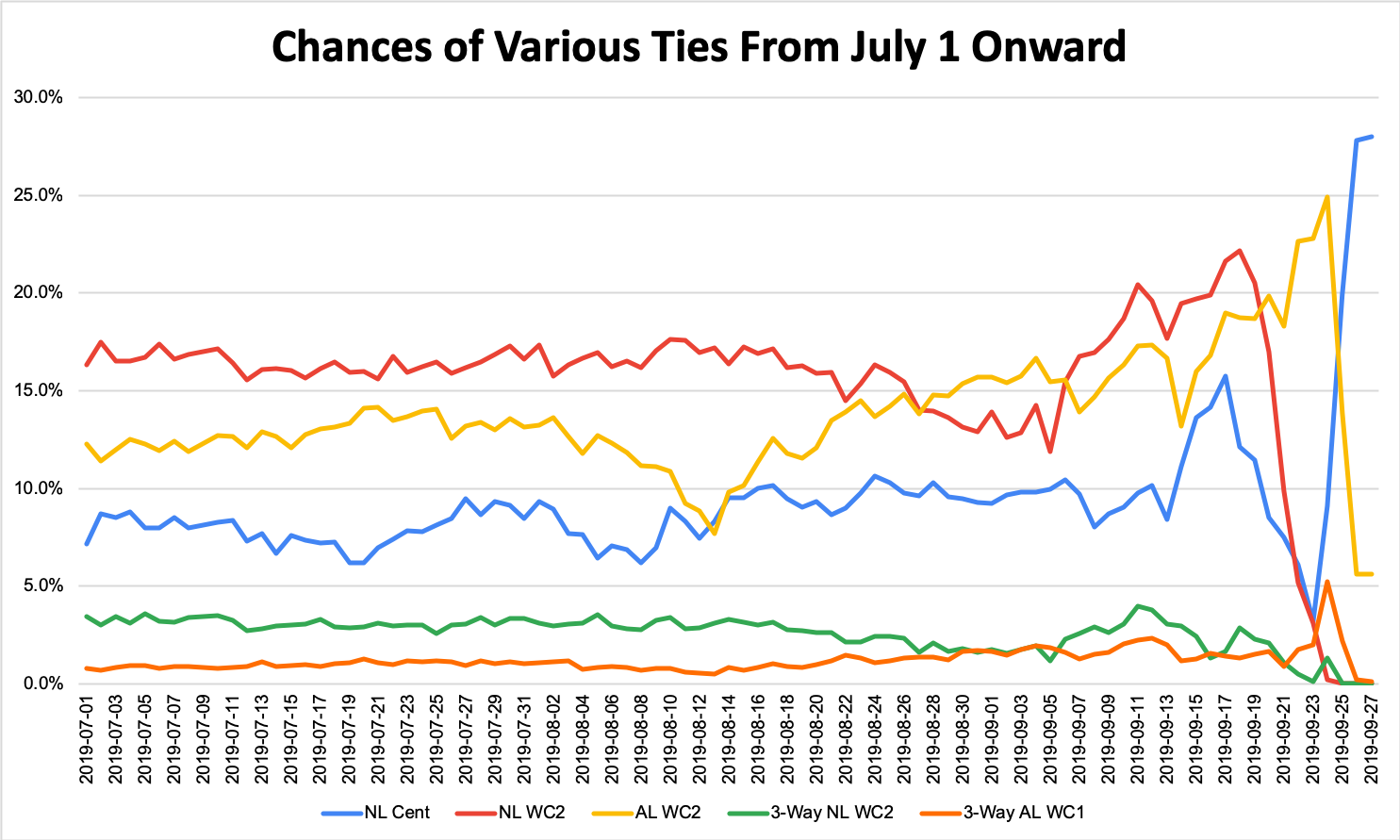Díaz, Rays Slug Their Way to AL Wild Card Win Over A’s
In a postseason field dominated by the league’s foremost home run-hitting teams, the Tampa Bay Rays are one of a couple outliers. With 217 homers during the regular season, they ranked ninth out of the 10 playoff teams, and just 21st across all of baseball, one of just three playoff teams not to rank in baseball’s top eight in dinger-mashing prowess. But on Wednesday, they proved to be as capable as anyone of leaving the yard.
Yandy Díaz smashed a pair of solo homers, while Avisaíl García launched a two-run shot and Tommy Pham added a third, solo bomb as Tampa Bay silenced Oakland 5-1 in the American League Wild Card game at Oakland Coliseum. The Rays will face the World Series favorite Houston Astros in the ALDS beginning on Friday.
The home run heroics got started before many fans in Oakland were probably able to find their seats. Leading off the game, Díaz worked a 3-1 count against A’s starting pitcher Sean Manaea before getting a fastball high and outside, and hammered the pitch over the opposite field fence in right to push the Rays in front. Manaea settled in to strike out the next three hitters, but he wasn’t able to hold off further damage for long. He surrendered a leadoff single to Matt Duffy to start the second, and after falling behind García 2-1, attempted to even the count once more with another fastball out and over the plate. García punished it.
437 and it got out in a hurry. #crushed pic.twitter.com/ijQ05FbgIA
— MLB (@MLB) October 3, 2019
With an exit velocity of 115 mph, Garcia’s homer was the hardest-hit ball by a Rays player ever recorded by Statcast. And they were just getting started. Díaz made his second plate appearance of the game leading off the third inning, and made it look exactly like the first one. Read the rest of this entry »



